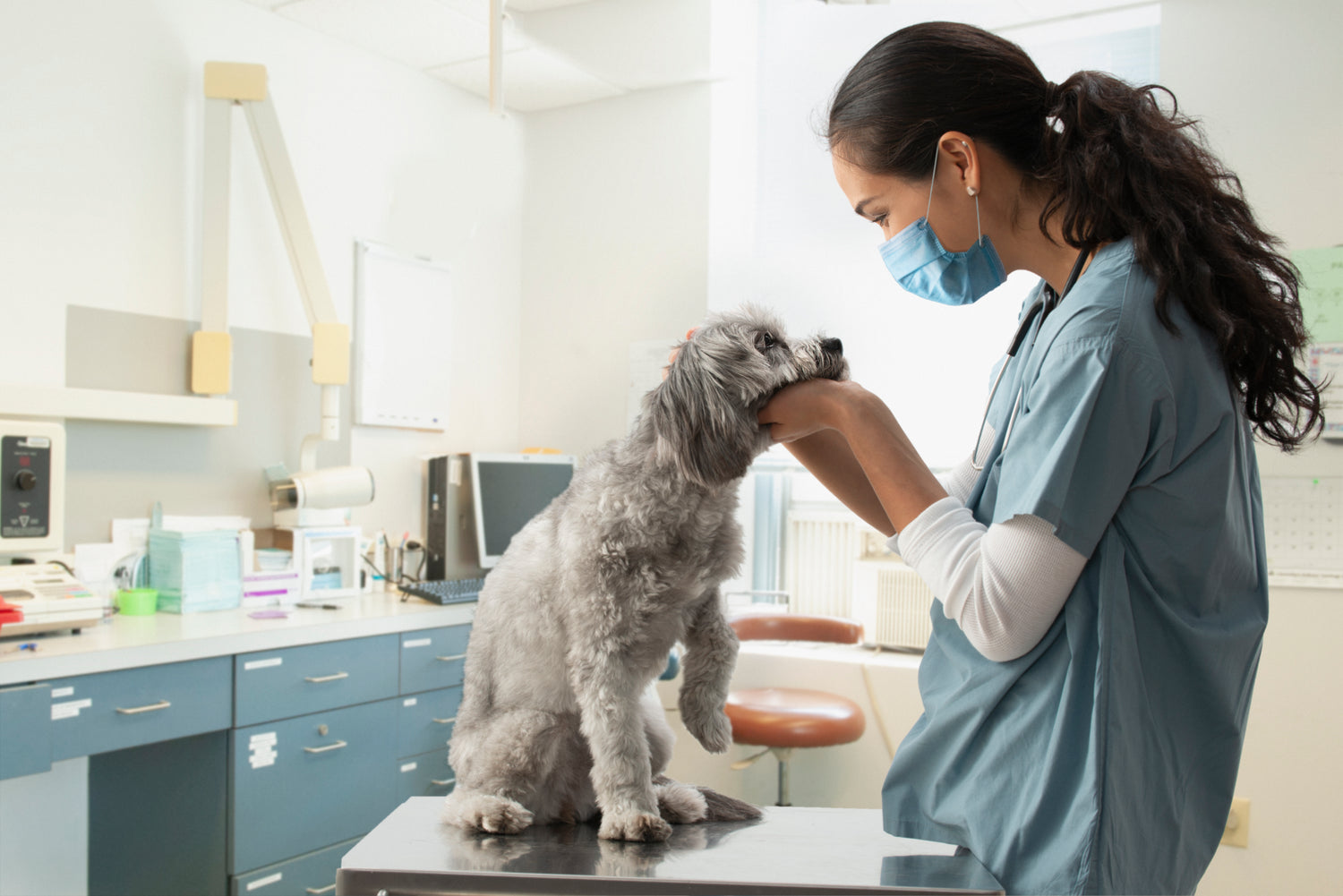Veterinary Assistant
If you have a passion for animals and want a hands-on role in their care, a career as a Veterinary Assistant could be a great fit. Working alongside veterinarians and vet nurses, you’ll assist with animal handling, clinic administration, and basic care, ensuring the well-being of pets and wildlife. This rewarding career offers opportunities in vet clinics, animal hospitals, shelters, and research facilities, with plenty of room to grow into specialised roles.
If you love working with animals and want to turn your passion into a fulfilling career, take the next step today and start making a difference.
Explore your career as an:
Gender Split
Employment by State
Highest Level of education (%)
Age Brackets
*The information on this page is sourced from the Jobs and Skills Australia website, based on their occupational data collected in May 2024. Where job titles may not be exact matches, related job areas have been used. This data is intended as a guide only.
How to become a Veterinary Assistant?
To become a Veterinary Assistant, you typically need a certificate or diploma in animal care or veterinary assisting. Gaining hands-on experience through volunteer work or internships at vet clinics and animal shelters can also help you get started. Online courses make it easier to enter this field by providing flexible study options, industry-relevant training, and practical knowledge to prepare you for real-world vet clinic environments.





